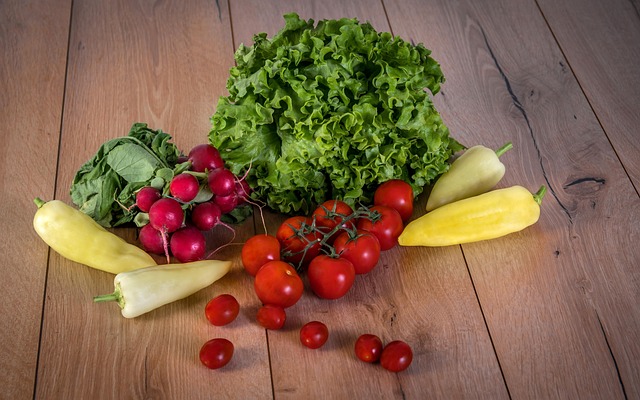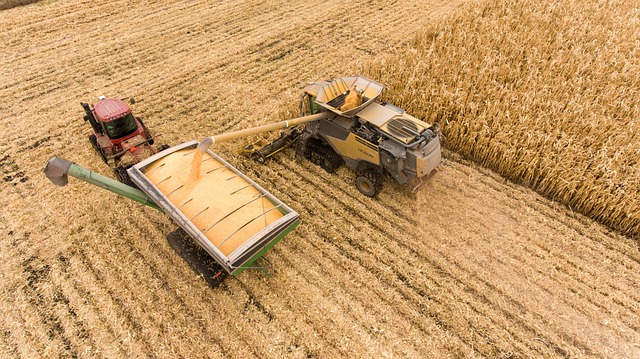Revolutionizing Agricultural System Optimization for Sustainable Transport and Rural Development
In a world that is increasingly aware of the delicate balance between economic growth and environmental sustainability, the concept of agricultural system optimization emerges as a beacon of hope. This approach not only enhances agricultural productivity but also intertwines itself with two critical facets of contemporary society: transport sustainability and rural development.
Transport Sustainability: A Key to Rural Connectivity
Implementing effective agricultural system optimization directly influences transport sustainability. Efficient transportation systems are paramount for getting fresh produce from farm to table while minimizing the carbon footprint. Innovations such as smart logistics, route optimization, and the use of renewable energy sources for transportation can drastically reduce greenhouse gas emissions. Imagine farmers utilizing drones to monitor crop health or autonomous vehicles to transport goods more efficiently. This not only ensures that fresh produce reaches urban centers swiftly but also contributes to a cleaner environment.
By adopting advanced technologies, farmers can optimize their output while ensuring that their impact on the transport infrastructure is sustainable. The integration of renewable energy sources in transport—like electric vehicles powered by solar energy—can transform the transportation of agricultural goods, ensuring that the journey from farm to market is as eco-friendly as possible.
Catalyzing Rural Development Through Agricultural Innovations
Beyond the logistics, the ripple effects of agricultural system optimization play a significant role in rural development. Optimized agricultural practices lead to better crop yields, ensuring that rural communities can thrive economically. Increased productivity means higher incomes for farmers, which in turn boosts local economies.
Investment in agricultural technologies not only empowers farmers but also facilitates job creation within rural areas. This stimulates local businesses, from supply chains to markets, giving rise to a more robust community network. Furthermore, access to optimally produced food ensures that local populations enjoy improved nutrition, contributing to the overall health of the community.
Collaboration for Sustainable Futures
Collaboration between farmers, technology providers, and government entities is vital for enhancing agricultural system optimization. By sharing knowledge and leveraging resources, stakeholders can develop tailored solutions that address both agricultural efficiency and transport sustainability. Initiatives such as community-supported agriculture and local farmers’ markets not only foster direct relationships between producers and consumers but also enhance local transport systems.
An integrated approach leads to a sustainable circular economy where agricultural products are produced, consumed, and transported responsibly. Community-driven projects can significantly affect rural development, ensuring that the benefits of agricultural success improve the quality of life for all residents.
The future of agriculture is undoubtedly interconnected with our transportation systems and rural development initiatives. As we embrace agricultural system optimization, we pave the way for a more sustainable world, where the pillars of transport and rural life work in harmony, ultimately benefiting farmers, consumers, and the planet alike.




